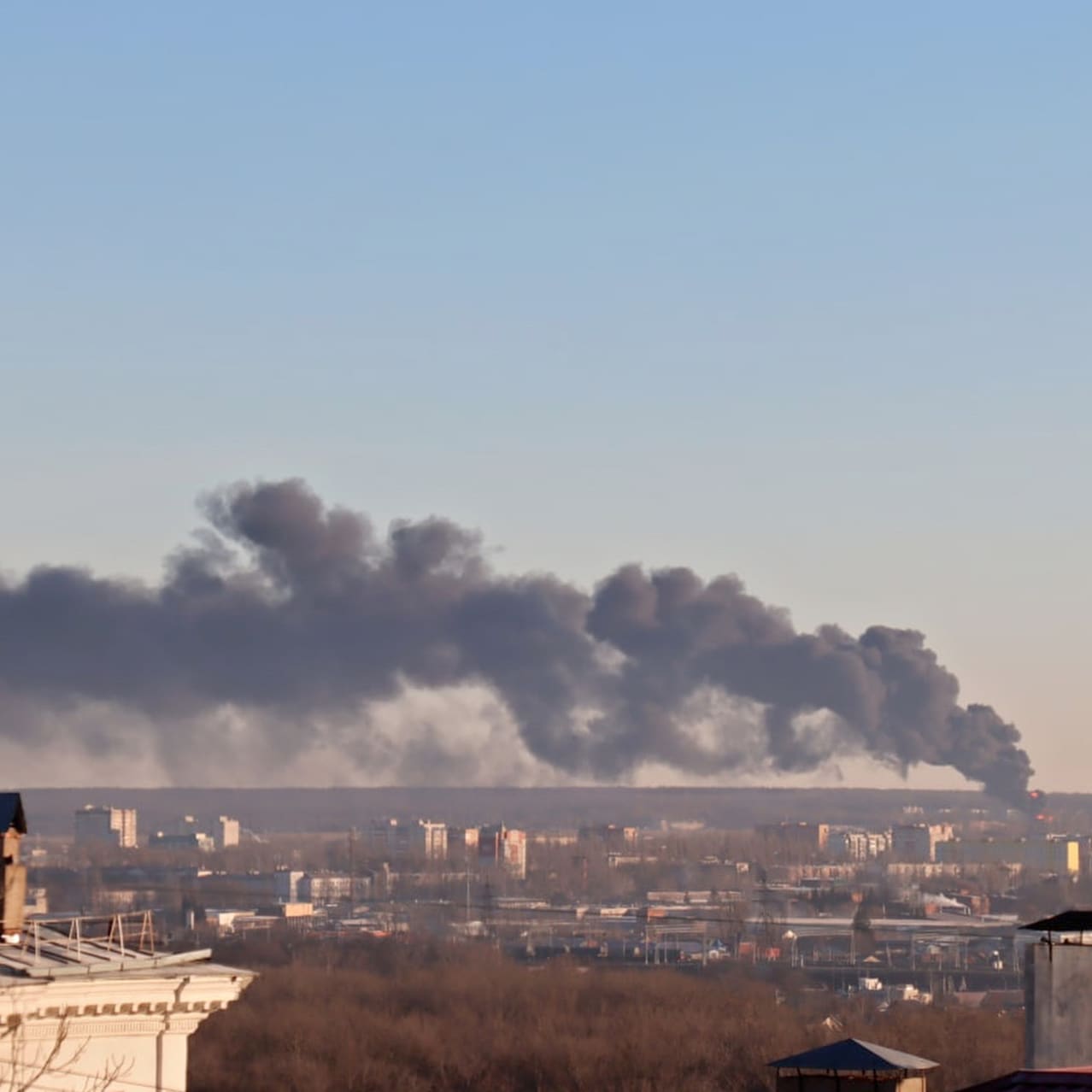Analyzing The Global Art Scene 1850-1950: An Art Review

Table of Contents
Rise of Realism and its Ramifications (1850-1870)
The mid-19th century saw a powerful reaction against the idealized Romanticism that had dominated the previous decades. Realism, with its focus on depicting the world as it truly was, emerged as a dominant force in the global art scene. Key elements of this 19th-century art movement included:
- A rejection of Romanticism's idealized landscapes and emotional narratives: Realism sought to portray everyday life with unflinching honesty.
- Focus on social commentary: Realist paintings often served as social critiques, highlighting the plight of the working class and the inequalities of society.
- Detailed and accurate representation: Artists meticulously rendered their subjects, striving for photographic accuracy in their depictions.
Key artists of this movement include:
- Gustave Courbet: His masterpiece, "The Stone Breakers," is a powerful example of Realism's social commentary, depicting the harsh realities of peasant life.
- Jean-François Millet: Millet's paintings, such as "The Gleaners," captured the dignity of rural laborers, challenging the romanticized views of peasant life.
The social and political impact of Realist paintings was significant. By portraying the lives of ordinary people with empathy and realism, these artists challenged the established social order and sparked important conversations about social justice and equality. The shift towards depicting everyday life and the working class marked a significant departure from earlier artistic traditions and paved the way for future artistic innovations.
The Impressionist Revolution and its Legacy (1870-1900)
Impressionism, a revolutionary art movement, emerged in France during the 1870s, radically altering the course of art history. Key characteristics of Impressionist art include:
- Emphasis on light and color: Impressionists focused on capturing the fleeting effects of light and atmosphere, often painting en plein air (outdoors).
- Loose brushstrokes and visible paint application: Their technique emphasized the immediacy of the artistic experience.
- Depiction of modern life: Impressionist artists often depicted scenes of Parisian life, capturing the vibrancy and energy of the modern city.
Leading figures of Impressionism include:
- Claude Monet: Known for his series paintings of haystacks, water lilies, and Rouen Cathedral, Monet masterfully captured the changing effects of light and atmosphere.
- Edgar Degas: Degas's paintings and sculptures often focused on dancers and other subjects from the Parisian social scene.
- Pierre-Auguste Renoir: Renoir celebrated the beauty of everyday life, depicting people enjoying themselves in various social settings.
The rejection of academic art and the embrace of modern life marked a significant turning point. The influence of Impressionism on subsequent art movements, such as Post-Impressionism and even early 20th-century art, is undeniable. Its global spread, transcending national borders, cemented its place as a pivotal moment in the global art scene's evolution.
Post-Impressionism: Divergent Paths (1880-1900)
Post-Impressionism built upon the innovations of Impressionism while exploring new directions in artistic expression. Unlike the unified style of Impressionism, Post-Impressionism encompassed a wide range of styles and philosophies:
- Subjective expression: Post-Impressionist artists focused on expressing their personal feelings and interpretations, rather than simply representing objective reality.
- Exploration of form and structure: Artists like Cézanne focused on the underlying geometric forms of their subjects.
- Symbolism and emotional intensity: Artists such as Gauguin and Van Gogh infused their works with symbolic meaning and powerful emotional expression.
Key Post-Impressionist artists include:
- Vincent van Gogh: His intensely emotional and expressive style used bold colors and swirling brushstrokes to convey inner turmoil and spiritual experiences.
- Paul Cézanne: Cézanne’s work laid the groundwork for Cubism through his analytical approach to form and perspective.
- Paul Gauguin: Gauguin's paintings explored exotic subjects and symbolic narratives, often drawing inspiration from non-European cultures.
The impact of Post-Impressionism on 20th-century art was profound. Its exploration of subjective expression and personal interpretation opened the door for the diverse and experimental art movements that followed, solidifying its place within the larger narrative of the global art scene.
The Dawn of Modernism: Exploring Key Movements (1900-1950)
The early 20th century witnessed an explosion of artistic innovation, with several key movements defining Modern art:
- Fauvism (Henri Matisse): Characterized by its bold, vibrant colors and expressive brushwork.
- Cubism (Pablo Picasso, Georges Braque): Revolutionized artistic representation by fragmenting form and perspective.
- Expressionism (Ernst Ludwig Kirchner, Edvard Munch): Focused on expressing inner emotions and subjective experiences through distorted forms and intense colors.
- Surrealism (Salvador Dalí, René Magritte): Explored the unconscious mind and the realm of dreams and fantasies.
- Abstract art (Wassily Kandinsky): Rejected representational art altogether, focusing on pure form, color, and composition.
These movements represent a radical break from traditional artistic conventions, reflecting the rapid societal and technological changes of the time. The global art scene was forever altered by these groundbreaking innovations.
Global Perspectives: Art Beyond Europe (1850-1950)
While European art movements dominated the art historical narrative for a long time, it's crucial to acknowledge artistic developments beyond Europe during this period. The global art scene was far more diverse and complex than often portrayed:
- Asian Art: Significant artistic developments occurred across Asia, with diverse styles emerging in Japan, China, and India. The influence of Japanese woodblock prints on European art, particularly Impressionism and Art Nouveau, is well documented.
- African Art: The rich and diverse artistic traditions of Africa, often overlooked in Western art history, exerted a significant influence on modern art, particularly in its use of form and symbolism.
- Latin American Art: Latin American artists grappled with issues of colonialism, nationalism, and social change, producing powerful and unique artistic expressions.
The influence of colonialism significantly shaped artistic expression in many non-European contexts. However, indigenous artistic traditions continued to thrive, often incorporating elements of both tradition and modernity. The cross-cultural exchange and its impact on the global art scene were profound, enriching artistic practices worldwide.
Conclusion:
This comprehensive review of the global art scene from 1850-1950 reveals a period of immense artistic innovation and upheaval. From the realistic depictions of social realities to the revolutionary experimentation of modern art movements, this era laid the foundation for much of the art we see today. Understanding the evolution of styles, the influence of different cultures, and the reactions to societal shifts is crucial to a deeper appreciation of art history. Continue exploring the rich tapestry of this period by delving further into the individual movements and artists mentioned, further enriching your understanding of the global art scene 1850-1950 and its lasting legacy. Further research into specific artists and art movements from this period will enhance your appreciation of the global art scene's complex and fascinating evolution.

Featured Posts
-
 Ukraine Under Siege Russias Largest Drone Attack
May 19, 2025
Ukraine Under Siege Russias Largest Drone Attack
May 19, 2025 -
 San Franciscos Anchor Brewing Shuts Its Doors After 127 Years
May 19, 2025
San Franciscos Anchor Brewing Shuts Its Doors After 127 Years
May 19, 2025 -
 U Conn Star Paige Bueckers Expresses Her Love For Kyrie Irving
May 19, 2025
U Conn Star Paige Bueckers Expresses Her Love For Kyrie Irving
May 19, 2025 -
 New York Mets Owner Steve Cohen Addresses Alonsos Contract Sotos Struggles
May 19, 2025
New York Mets Owner Steve Cohen Addresses Alonsos Contract Sotos Struggles
May 19, 2025 -
 Fbi Investigation Primary Suspect In California Fertility Clinic Bombing Likely Perished
May 19, 2025
Fbi Investigation Primary Suspect In California Fertility Clinic Bombing Likely Perished
May 19, 2025
